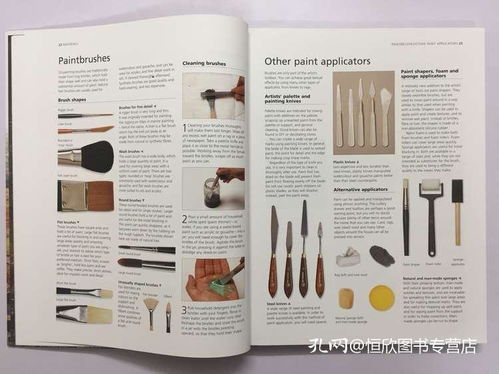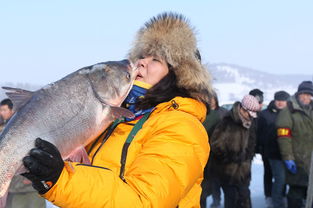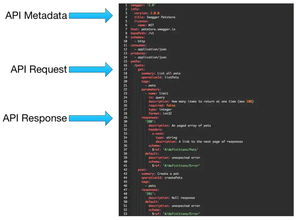本文目录导读:
- Choosing the Right Equipment
- Casting Techniques
- Fishing Spots and Techniques
- Baiting and Luring
- Patience and Persistence
- Safety First
- Conclusion
Are you ready to cast your line into the world of fishing and catch more than just memories? Whether you're a seasoned angler looking to refine your skills or a beginner eager to hook your first big catch, this article is your ultimate guide to fishing shareable tips. From selecting the right gear to mastering the art of patience, we've got you covered with practical advice and expert insights.
Choosing the Right Equipment
Rod and Reel
The first step in your fishing journey is to choose the right rod and reel. For beginners, a medium-action rod with a spinning reel is a versatile choice. It's perfect for casting light lures and handling a variety of fish species.
Tips:
- Look for a rod that matches the type of fishing you plan to do. For example, a freshwater rod is generally lighter and more flexible than a saltwater rod.
- The reel should be comfortable to handle and have a smooth drag system to prevent your line from snapping under pressure.
Line and Lures
Once you have your rod and reel, it's time to select the right line and lures. The type of line you choose depends on the fish you're targeting and the conditions you're fishing in.
Tips:
- Monofilament line is the most common and works well in most freshwater and saltwater environments.
- Fluorocarbon line is nearly invisible underwater and is excellent for fishing in clear water.
- Soft plastics and spinnerbaits are great for beginners as they are easy to use and come in a variety of colors and sizes.
Casting Techniques
The Basics
Casting is a fundamental skill in fishing. Here's a step-by-step guide to help you get started:
- Hold the Rod: Grip the rod with your dominant hand and place your other hand on the reel.
- Back-Cast: Bring the rod back over your head, bending it at the elbow. This will load the rod with power.
- Forward-Cast: Swing the rod forward and release the line at the end of your cast. Aim for a target and try to keep your casts smooth and accurate.
Tips:
- Practice your casting in an open area to get a feel for the mechanics.
- Use less force on your casts when you're just starting out to avoid tangles.
Advanced Techniques
Once you've mastered the basics, you can try more advanced casting techniques like the overhead cast, sidearm cast, and roll cast. These techniques are useful for different situations and can help you reach your target more effectively.

Fishing Spots and Techniques
Freshwater Fishing
In freshwater, you'll find a variety of fish like bass, trout, and catfish. Here are some tips for freshwater fishing:
- Locate Structure: Fish often hang around structures like rocks, logs, and weed beds. Cast to these areas to increase your chances of a bite.
- Use Live Bait: Live bait like worms, minnows, and leeches can be very effective in freshwater.
Saltwater Fishing
Saltwater fishing opens up a whole new world of possibilities. Here are some tips for saltwater anglers:
- Tides and Currents: Pay attention to the tides and currents. Fish are more active during high tide and when the current is moving.
- Deep-Sea Fishing: For deep-sea fishing, use heavy-duty rods and reels, and be prepared for larger fish like marlin, tuna, and shark.
Baiting and Luring
Natural Bait
Using natural bait can be very effective, especially for catching species that are used to eating live prey.
Tips:
- Keep your bait fresh and lively. For example, keep minnows in a bait bucket with water and an aerator.
- Be sure to use the right type of bait for the fish you're targeting.
Artificial Lures
Artificial lures can be used to mimic the movement of real prey, attracting fish even when natural bait is scarce.
Tips:
- Experiment with different lures and colors to see what works best in your fishing spot.
- Pay attention to the water conditions. In murky water, brighter colors may be more effective.
Patience and Persistence
Fishing is a game of patience. It's important to be prepared for long periods without a bite.
Tips:
- Stay calm and relaxed. Agitation can lead to mistakes like reeling in too quickly or pulling the lure too hard.
- Be prepared to change your tactics. If you're not getting bites, try a different lure, color, or technique.
Safety First
Always prioritize safety when you're out on the water.
Tips:
- Wear a life jacket, especially if you're fishing from a boat.
- Check the weather forecast before you go out and be prepared for changing conditions.
- Bring a first aid kit and know basic first aid procedures.
Conclusion
Fishing is an enjoyable and rewarding hobby that can be enjoyed by people of all ages and skill levels. By following these shareable tips, you'll be well on your way to becoming a more skilled angler. Remember, the best way to improve is through practice and experience. So, get out there, cast your line, and enjoy the tranquility and excitement of fishing. Happy fishing!












